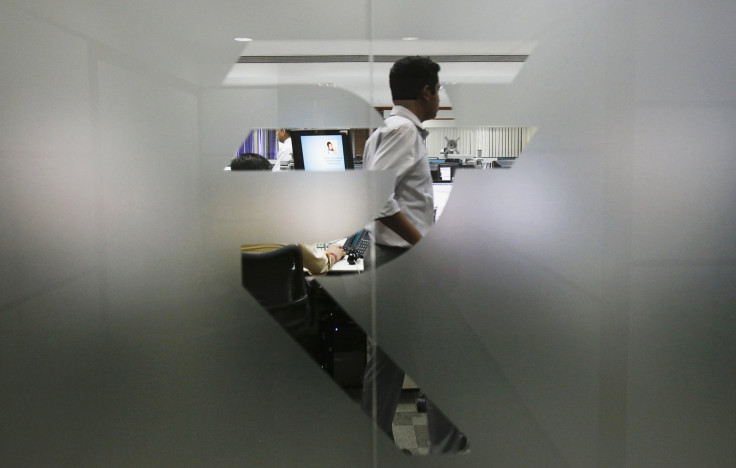Indian Rupee Seen At 73 Against Dollar By Year-End, Say DBS Analysts

The Indian rupee will end the year around 73 to the U.S. dollar and is likely to weaken further next year, DBS Bank economists say, citing the country’s widening current account deficit and the central bank’s tepid response to the currency’s slide.
The rupee, which has lost more than 13 percent so far this year, touched a new record-low of 72.92 in early trading Wednesday, making it the worst performing currency in Asia. The currency pared losses briefly Monday after the Press Trust of India reported, quoting an unnamed government official, that the finance ministry was in touch with the Reserve Bank of India (RBI) about intervening in the currency markets to stem the slide.
In a telephonic interview with International Business Times, Radhika Rao, economist at DBS, says the research house now sees the rupee at 73 to the dollar at the end of the year and at 75 by end-2019. DBS had, at the start of the year, forecast the rupee at 69.50 for end-2018, and 70 into 2019, based on a dollar, U.S. growth differentials perspective.
The rupee’s fall has come at an awkward time for the government of Prime Minister Narendra Modi, which is set to face nationwide elections in May 2019. The government is facing the heat from the opposition over rising oil prices already.
Rao says the government has not put up much of a fight to slow the rupee’s decline yet. “There is a sense that the authorities don’t believe in putting a stop to it so soon. Price action in the forward, risk reversals show that nobody is putting up a fight or, let me say, no one is putting in an aggressive enough fight. My sense is that the last 1-1.5 rupee slip is because of that.”
In a note, Rao said arresting the rupee’s fall in the midst of a regional decline will be an uphill battle, noting that the risk-off environment might persist longer than expected, driven by the dollar strength, high oil prices and protectionist trade policies.
RATE HIKE FORECAST REVISED UPWARDS
Rao says that the rupee’s weakness added 25 basis points (bps) to her expectations of a rate hike. She now expects the central bank to raise interest rates by 50 bps this year.
The current repo rate -- the rate at which central banks lend to commercial banks -- is 6.5 percent, following a 25 bps hike in August.
“It looks more like December but if they don’t do any other countermeasures in the run-up to October meeting, they might consider a hike undoing some of this. I find it hard to rationalize that they will do it in October.”
She also sees a further widening of India’s current account deficit to 2.7 percent of GDP in the financial year 2019, from an earlier forecast of 2.3 percent. The country’s current account deficit widened to 2.4 percent of GDP in the April-June quarter, according to RBI data.
© Copyright IBTimes 2025. All rights reserved.





















